
Whether it’s arresting innocent people just passing by, savagely beating those displaying signs that say “No War” or planting drugs on people to juice up their arrest statistics, it appears that there is no further low that the Russian police force can stoop to. Yet, as Against Tortures in Russia from Director Philipp Yuryev (who brought us soul stealing nightmare Tale of the Deaf last year) demonstrates, this is an organisation that acts without oversight and with impunity, freely abusing its victims through waterboarding, beatings, sexual abuse and more. Depicting this brutality uncensored would be a very difficult watch, so Yuryev cleverly created a rap music video that combines stop-motion animation with live-action to explore the individual case files that the government very keenly wants to hush up. The result is a touching, smart, bitterly ironic film, narrated by Russian rap legend Vladi, that acts as both a work of art and an important didactic document. We invited Yuryev back to DN to talk about finding the right medium for this story, working with legends of Soviet animation and how this all intersects with the Russian invasion of Ukraine.
Was this a subject you were familiar with? What made you want to make a film about it?
The theme of torture by Russian police officers in prisons is something that I thought about a long time ago. I even had a feature script about a guy who is getting arrested and tortured in a police office. After that, the police officer sets him free because of some mistake but the guy has a ruined life and doesn’t understand what to do next.
For the government, these people become only paper information in some document.
I didn’t have any chance to make this film in Russia, but I thought a lot about these people and I read a lot of articles about such situations. There is a special website in Russia that makes a remark every day about someone getting tortured. It’s a crazy epidemic situation, this violence and feeling of power in the Russian government.
There are still cases where people are trying to go to court and fight for their rights, but they are very few. What we can do is help them and protect them and make their stories known. So it’s not only for my own artistic vision; having a purpose to help somebody is very important to me.
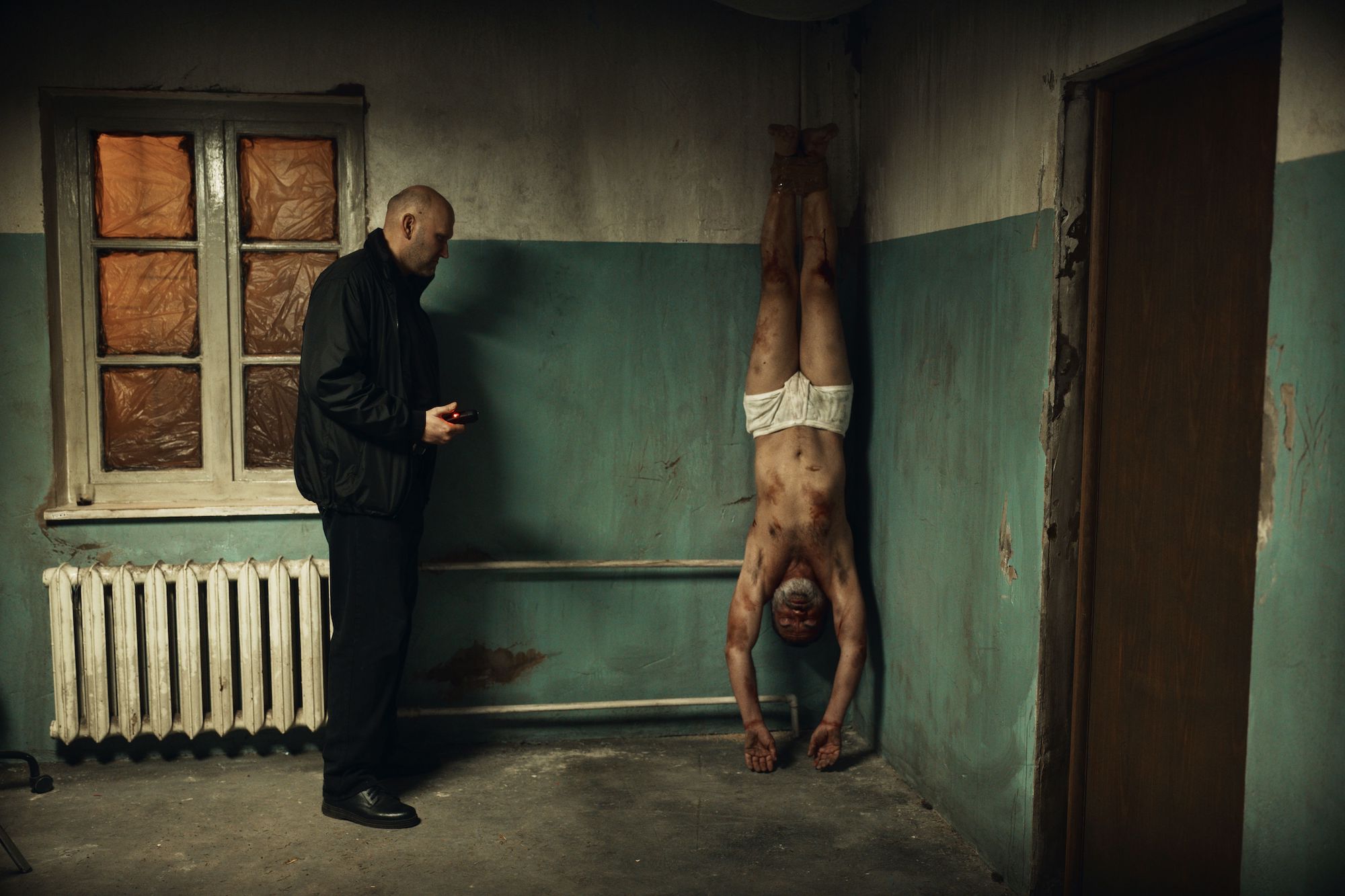
Why did you want to use this cut-and-paste, storybook method to depict this issue?
We call them “the cases” — these investigations of tortures. These victims are trying to put in documents their cases and this is the story of how these documents and these people just become papers for the government. The story, especially how I saw it, is how in every case you see the life of a man and his pain and the terrible experience and trauma he had. But for the government, these people become only paper information in some document.
It’s not only for my own artistic vision; having a purpose to help somebody is very important to me.
I had the idea that one guy working in the police office is opening the cases and trying to hide the information. The government position and the position of our president is there are no tortures in Russia but we see how many real people have had this experience. So if they say there are no tortures, there are no such people. We see how the government are hiding these facts and destroying every man.
The man just becomes some thing. So we see the room and see how the hands from a guy become a chair or a table or a lamp, or something like that. I wanted to make this story to see the small people and to see the real pain of people, even if the official position makes them disappear.
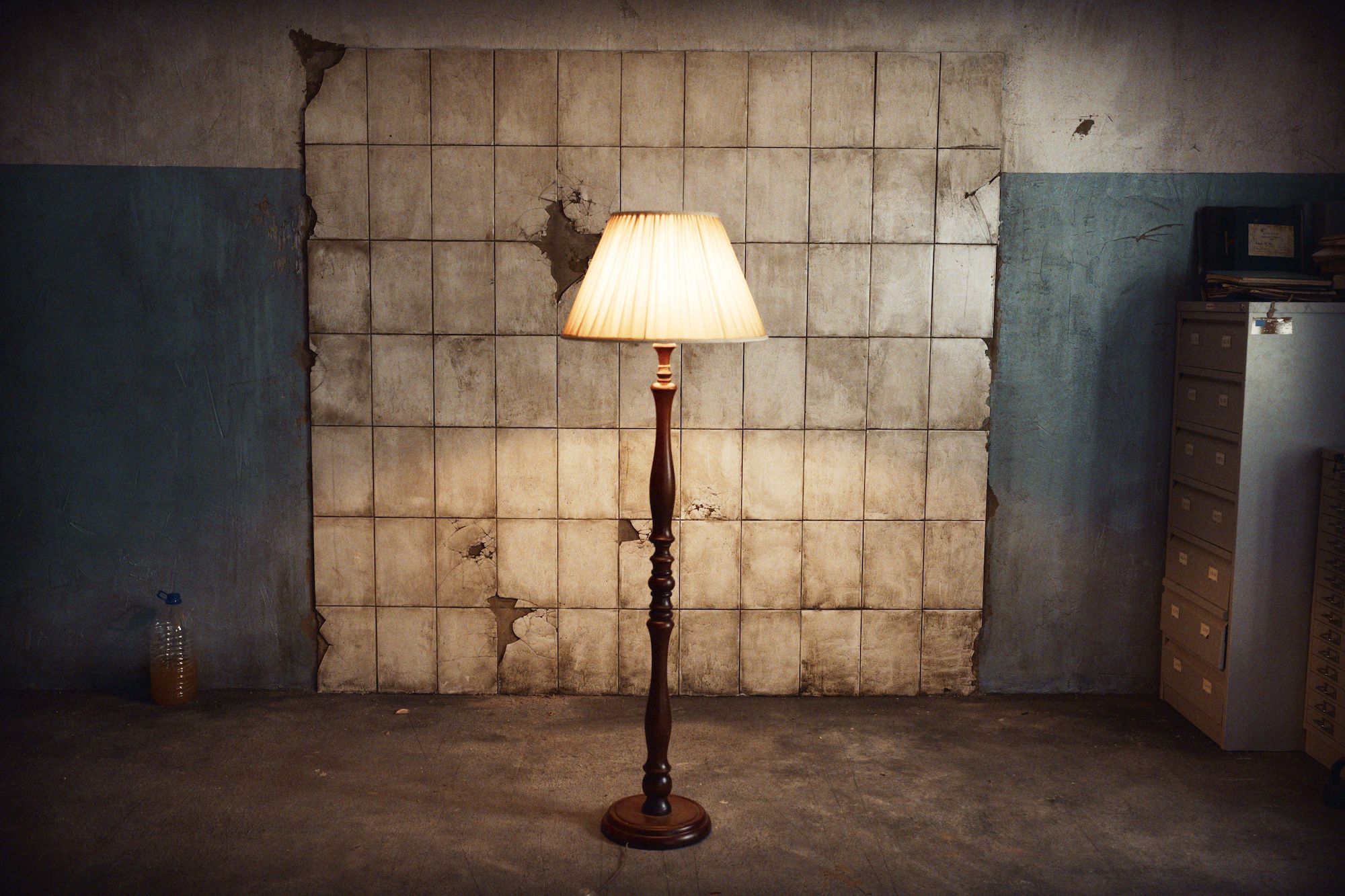
Walk me through the animation process. What kind of techniques and software did you use?
From the beginning, I knew I didn’t want CGI. I wanted to make something more real than computer effects. That’s why I had the idea of stop motion technology. I asked my friend Ivan Proskuryakov, who is the co-director, to help me. He came to the project and brought this idea to shoot these scenes as if they are real but then we don’t use this footage. We print this footage and cut it with scissors; each frame, each character. After that we are putting it on the table and using hands to open pages and hide the facts of tortures. And by having 1000s of changing images, we are creating this animation. So it was a really nice mix of shooting and stop-motion. There was also Alla Solovieva, who is an animator from the Soviet Union, who made my favourite films at Soyuzmultfilm. It was very interesting to combine our visions together.
I knew I didn’t want CGI. I wanted to make something more real than computer effects.
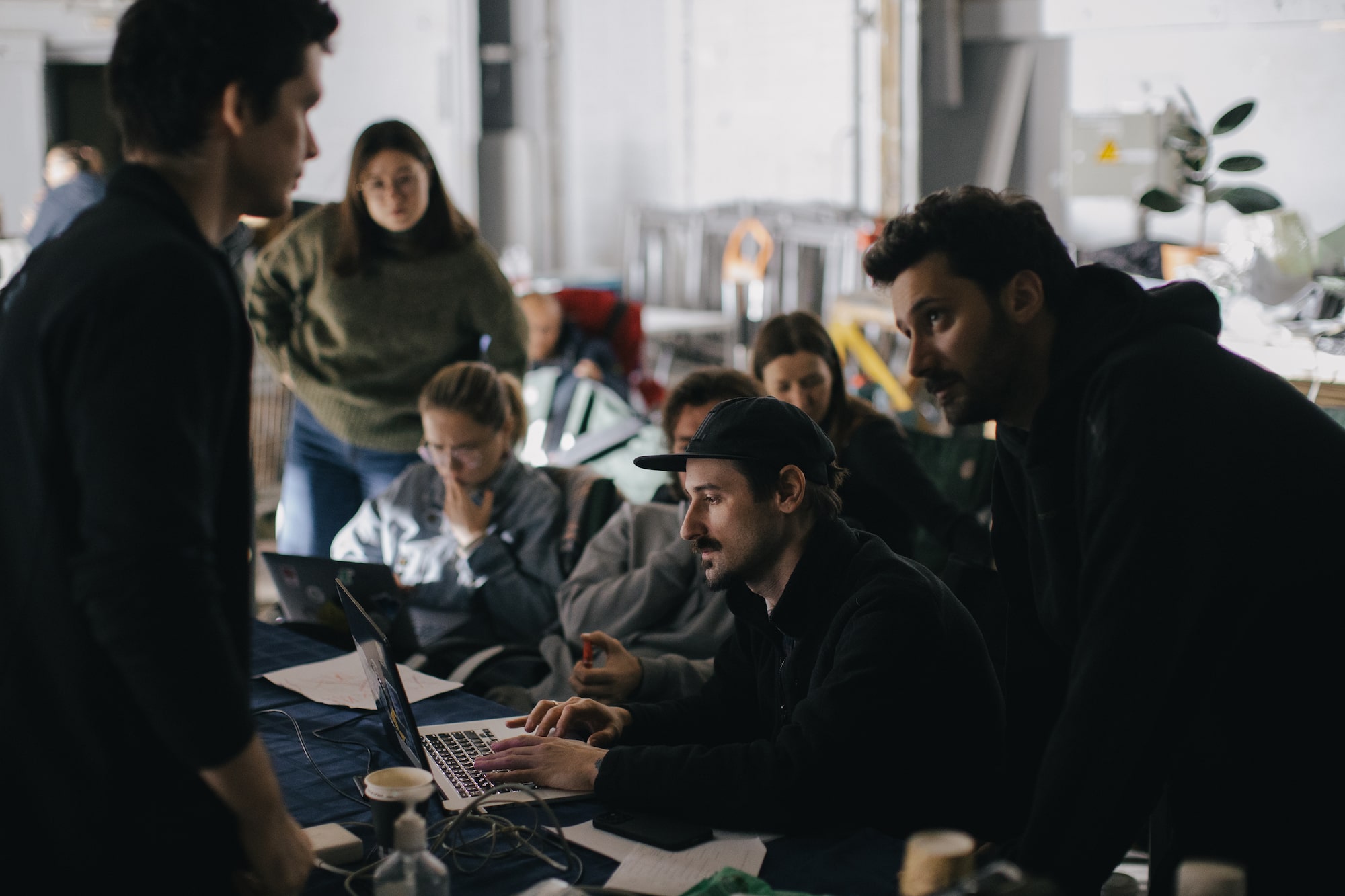
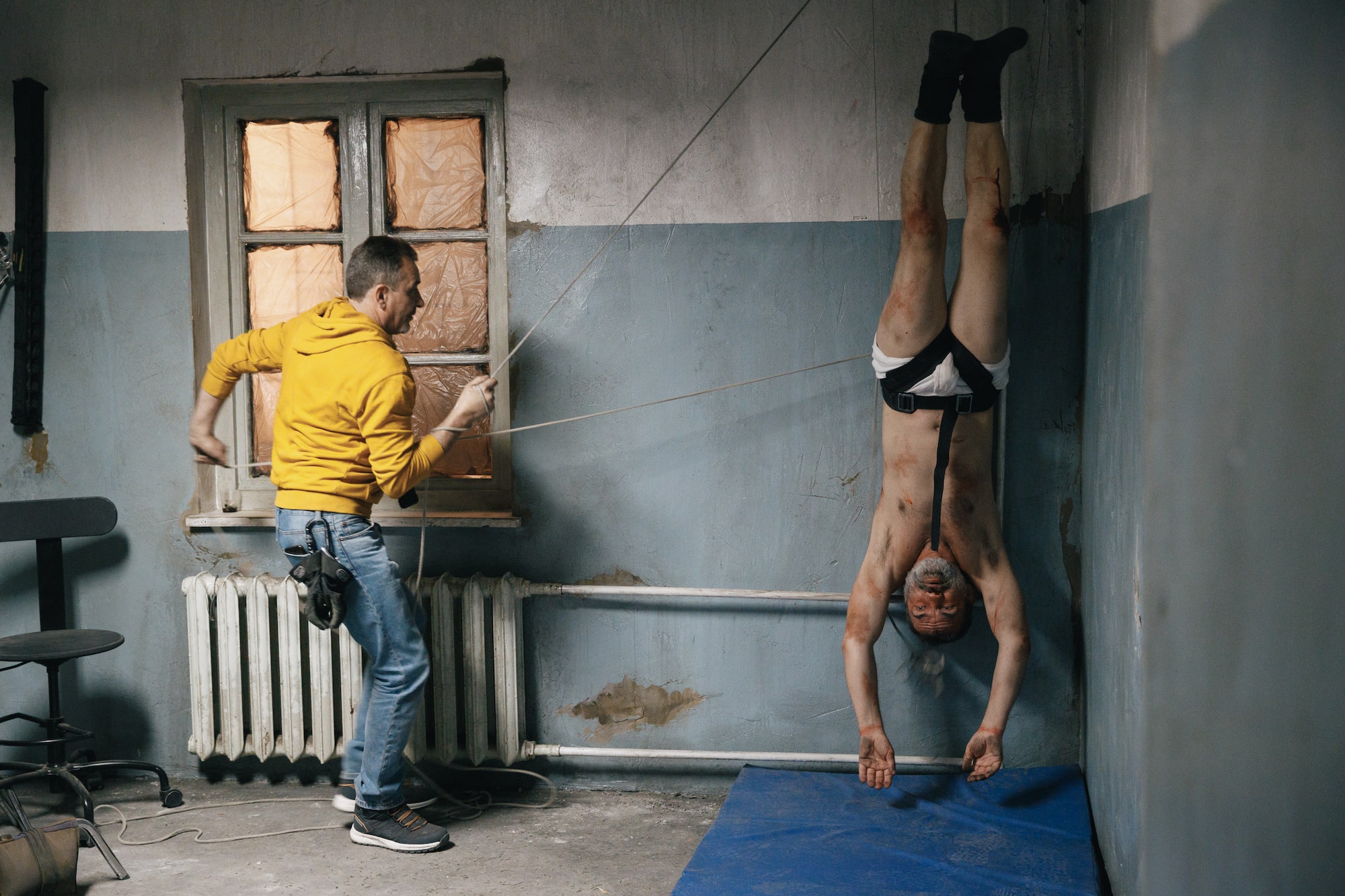
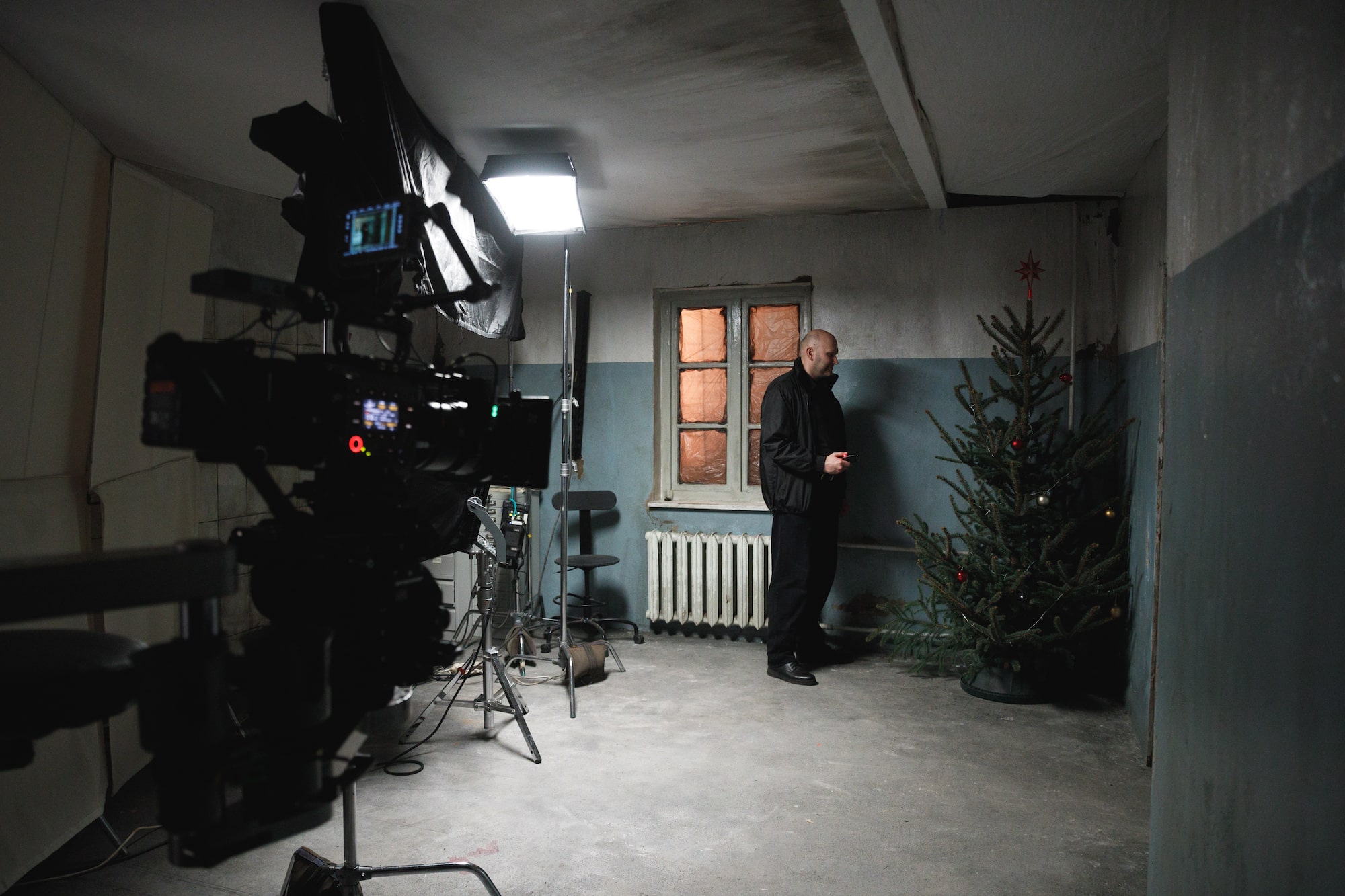
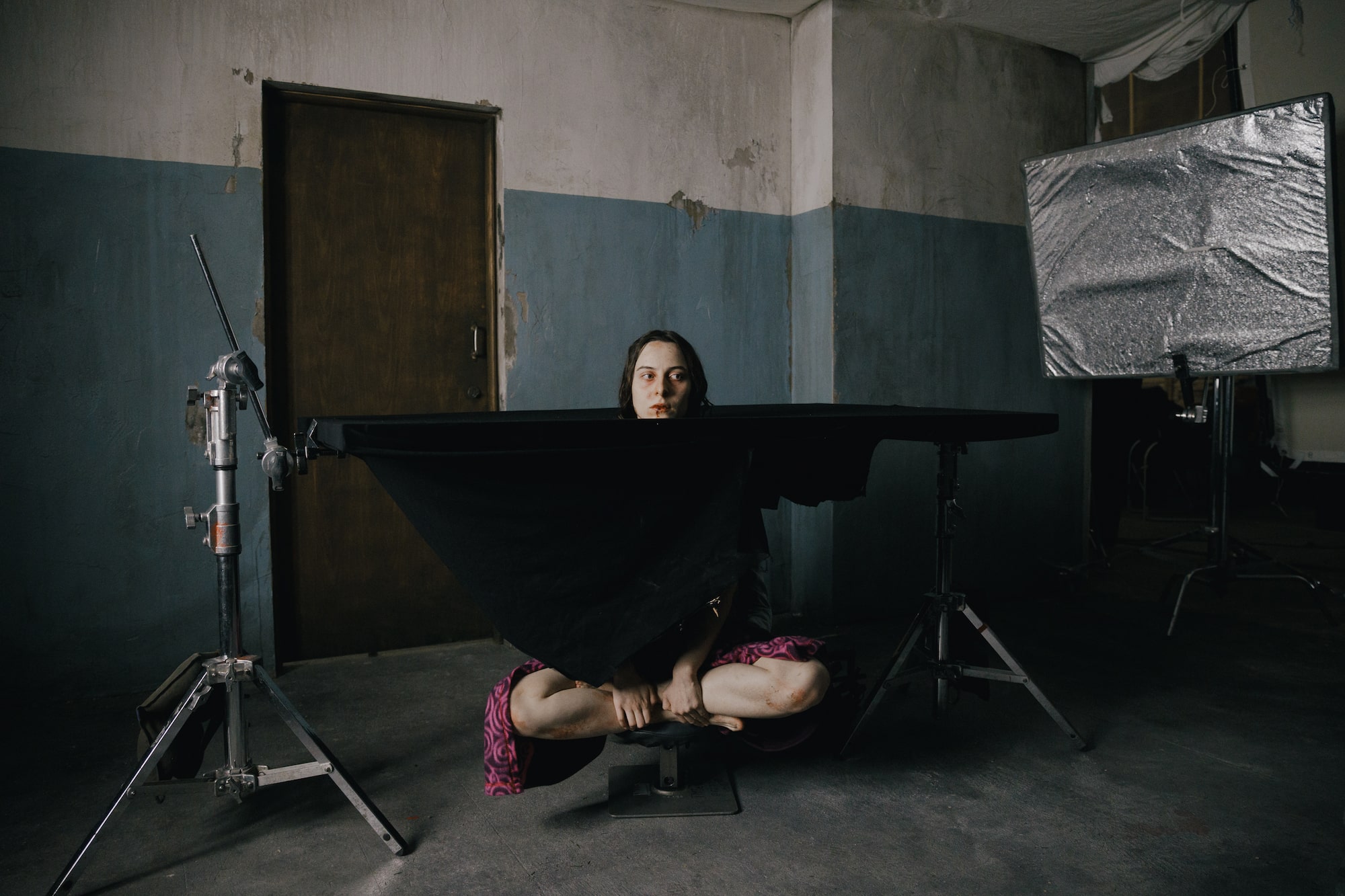


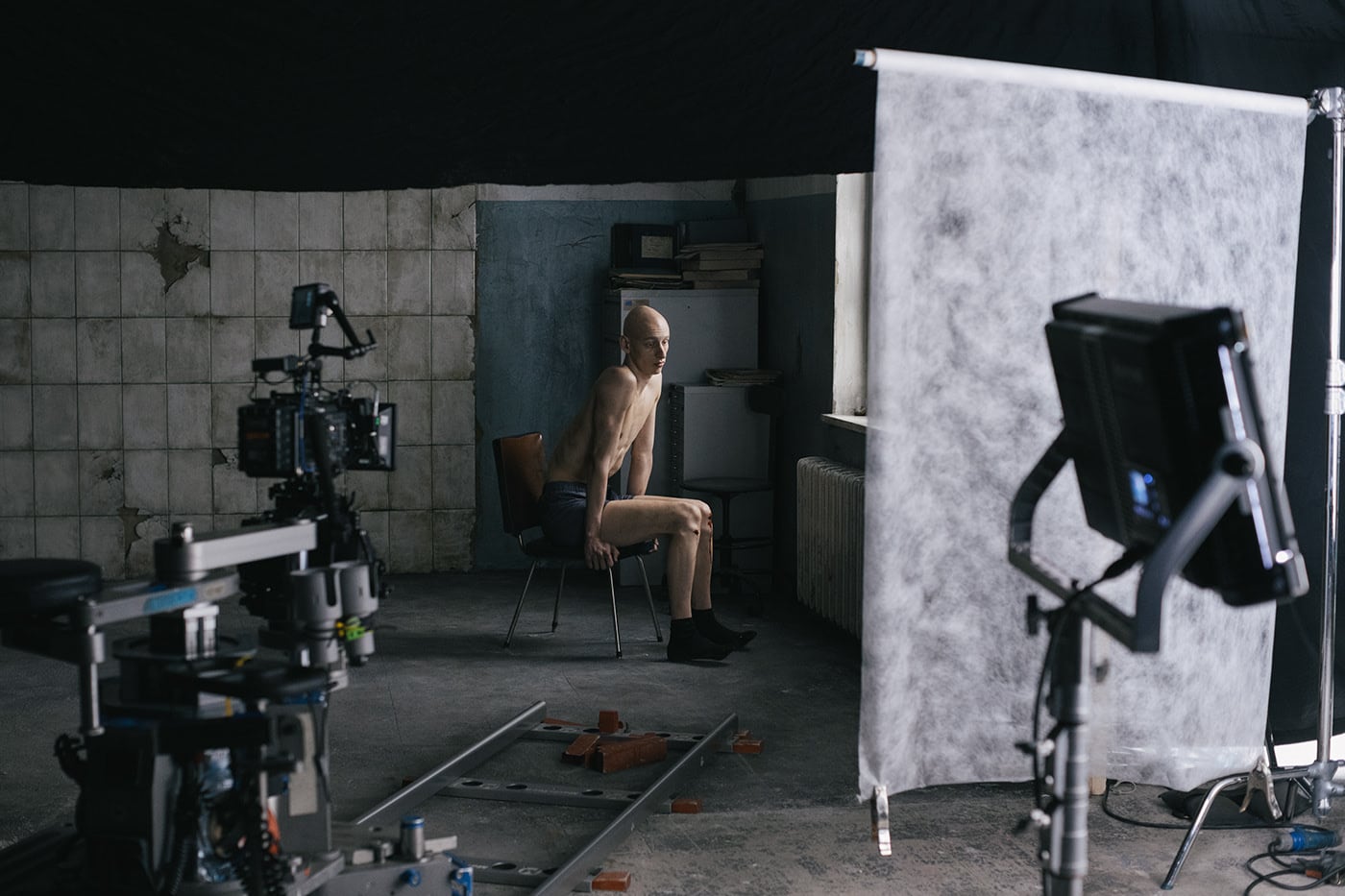
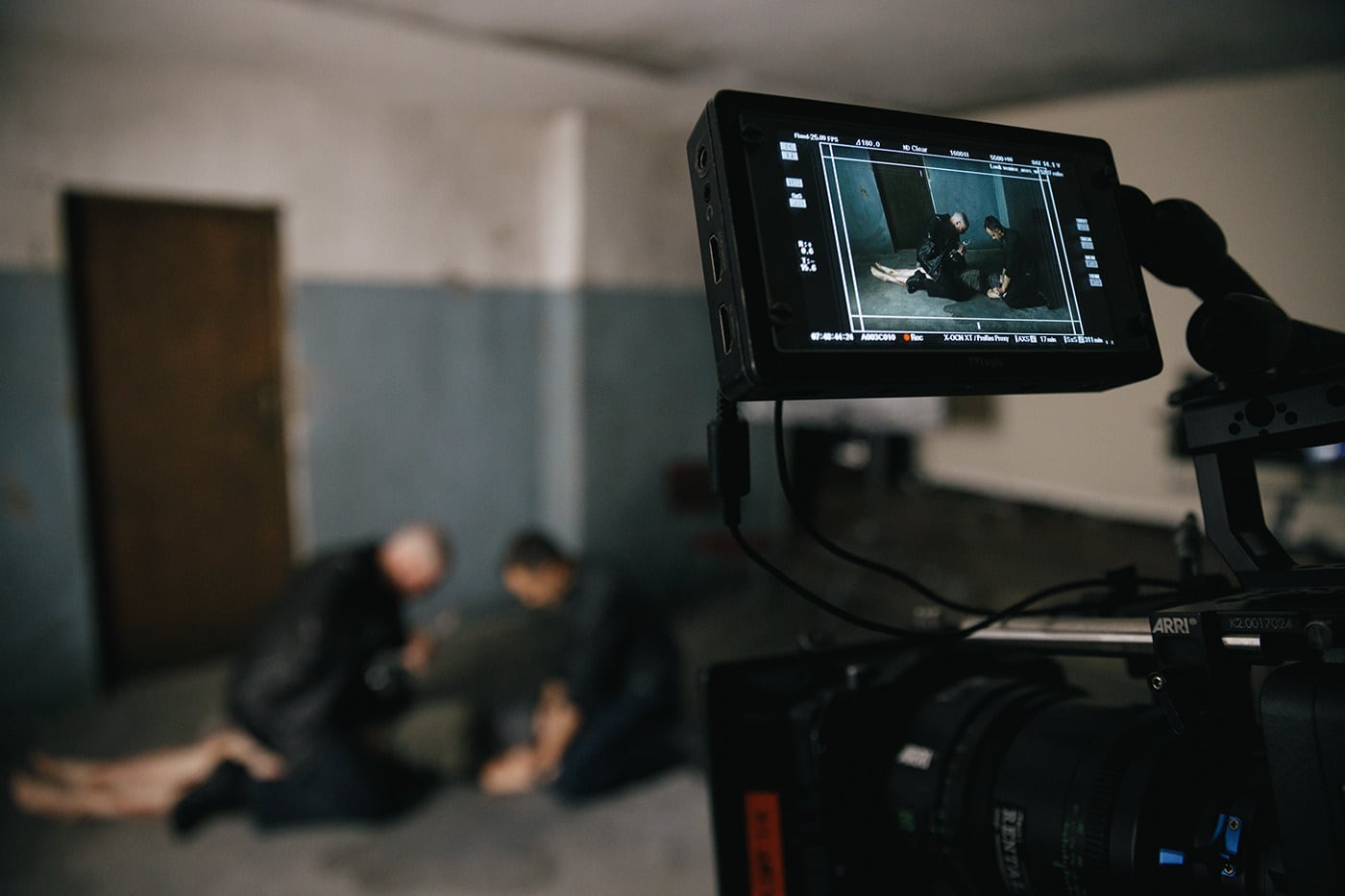
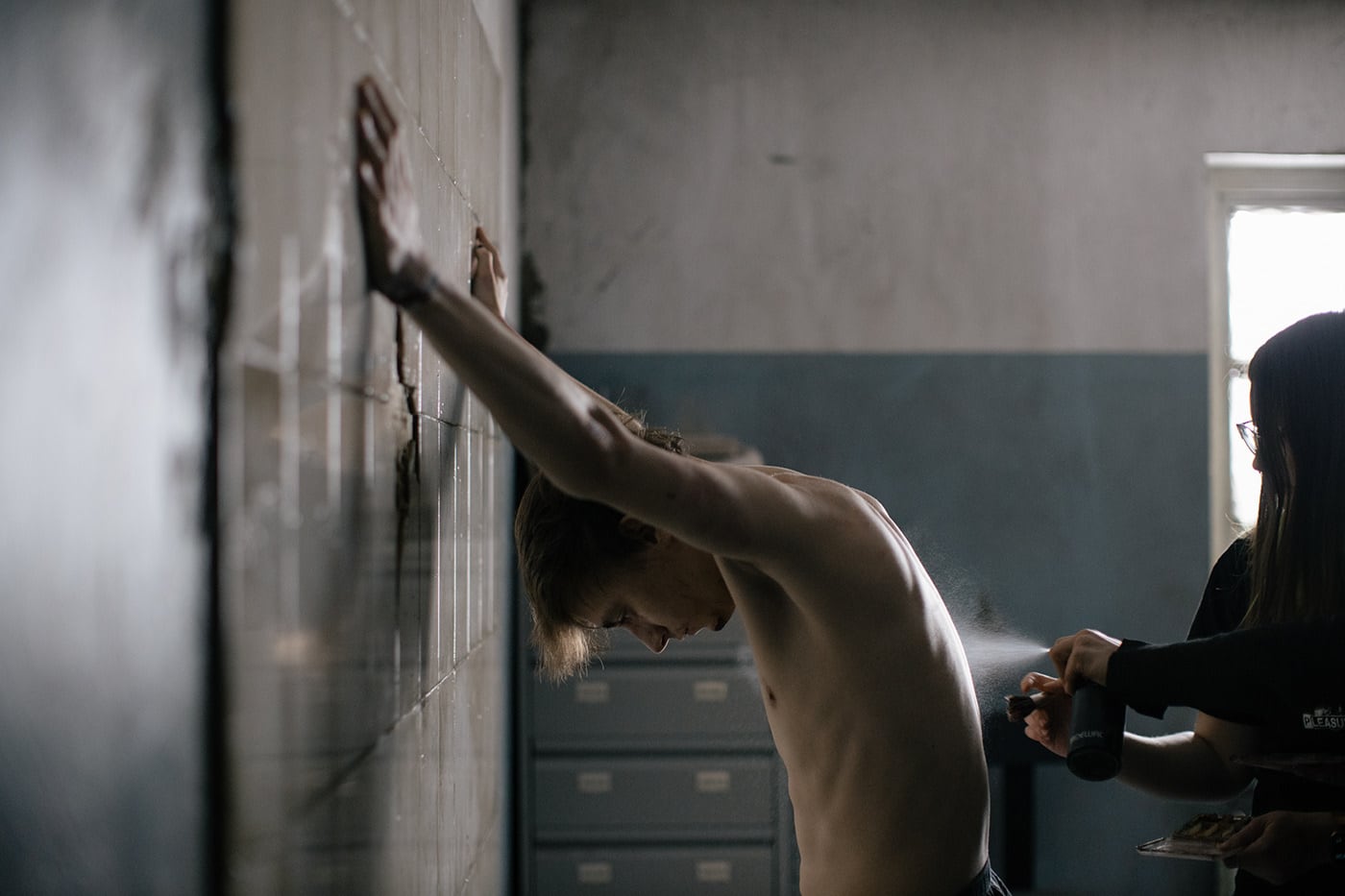
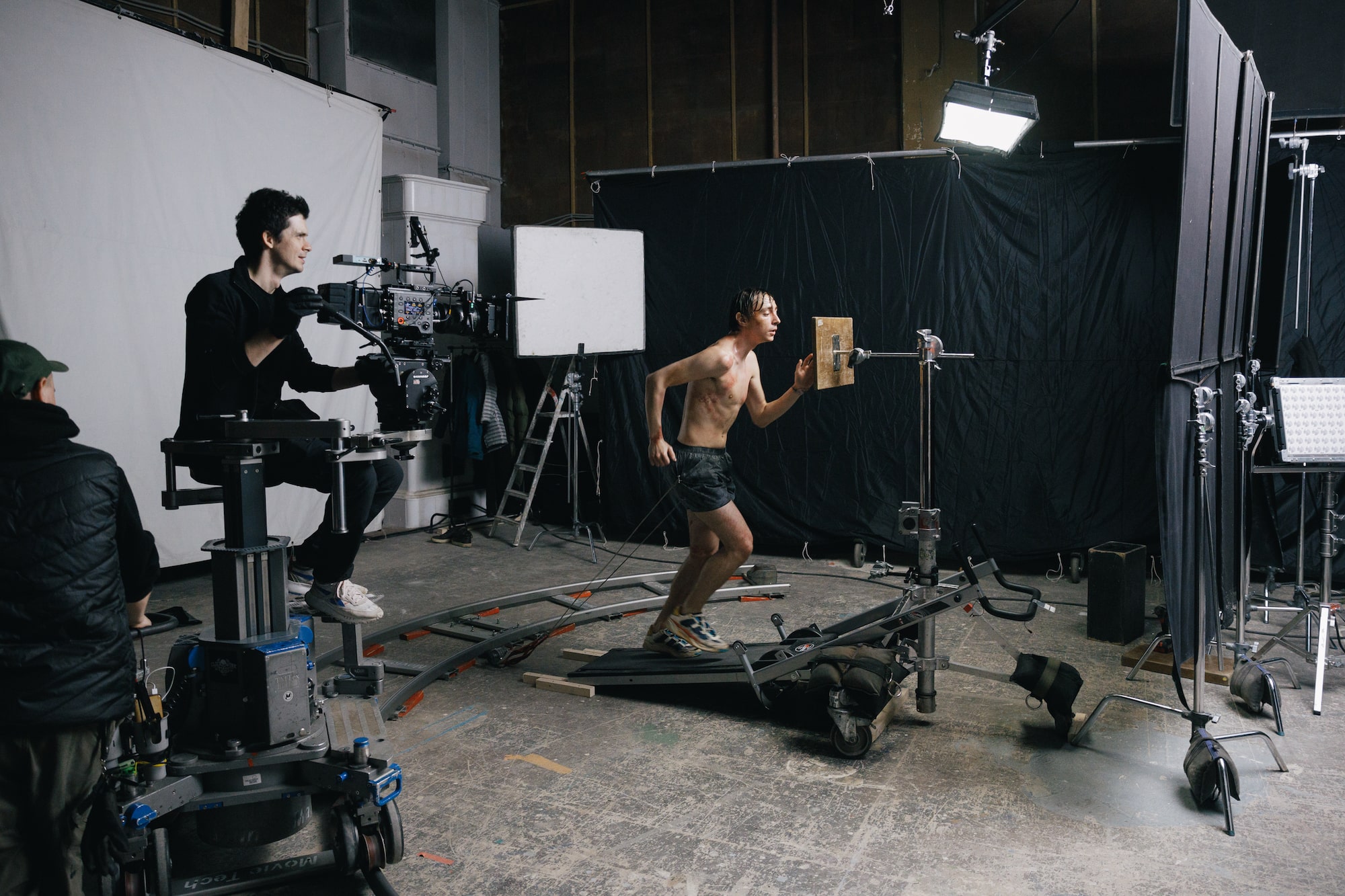
What was it like trying to get this amazing testimony, especially at the end? It’s incredibly brave of these people…
This was very brave of them because they had this terrible experience. Of course, you need to be a very brave person to agree to be part of a project that is against torture. These people are frightened but they trusted that this project will help somebody not have the same experience. It was an honour for me to communicate with them because they are really very nice people who were ready to help and share their experiences. Because they felt like it was injustice, something that happened to their rights. The government says that there is no torture, but these people are really standing and saying: “No, we are the victims and we are existing.”
You need to be a very brave person to agree to be part of a project that is against torture.
I’d love to know about the rapper you picked to provide the lyrics. Is he a big name in Russia?
This is a very famous person called Vladi, from a band called Kasta. They are one of the first famous rap bands in Russia. They’re people who are really trying to tell the truth. It’s not their first song that has a social purpose and to tell that there is some injustice in police officers, how the government is trying to kill protests, or how people are supporting the government after watching propaganda on TV. I thought that these lyrics are very important for this song. Vladi is singing the song as if he’s one of these people representing the government or the police forces. It is something where you get the feeling that there is some kind of a character who is speaking with you and trying to convince you that these victims are not existing and everything’s OK. I don’t know how the translation works, but in Russia, these lyrics go directly into your heart and they are so powerful.
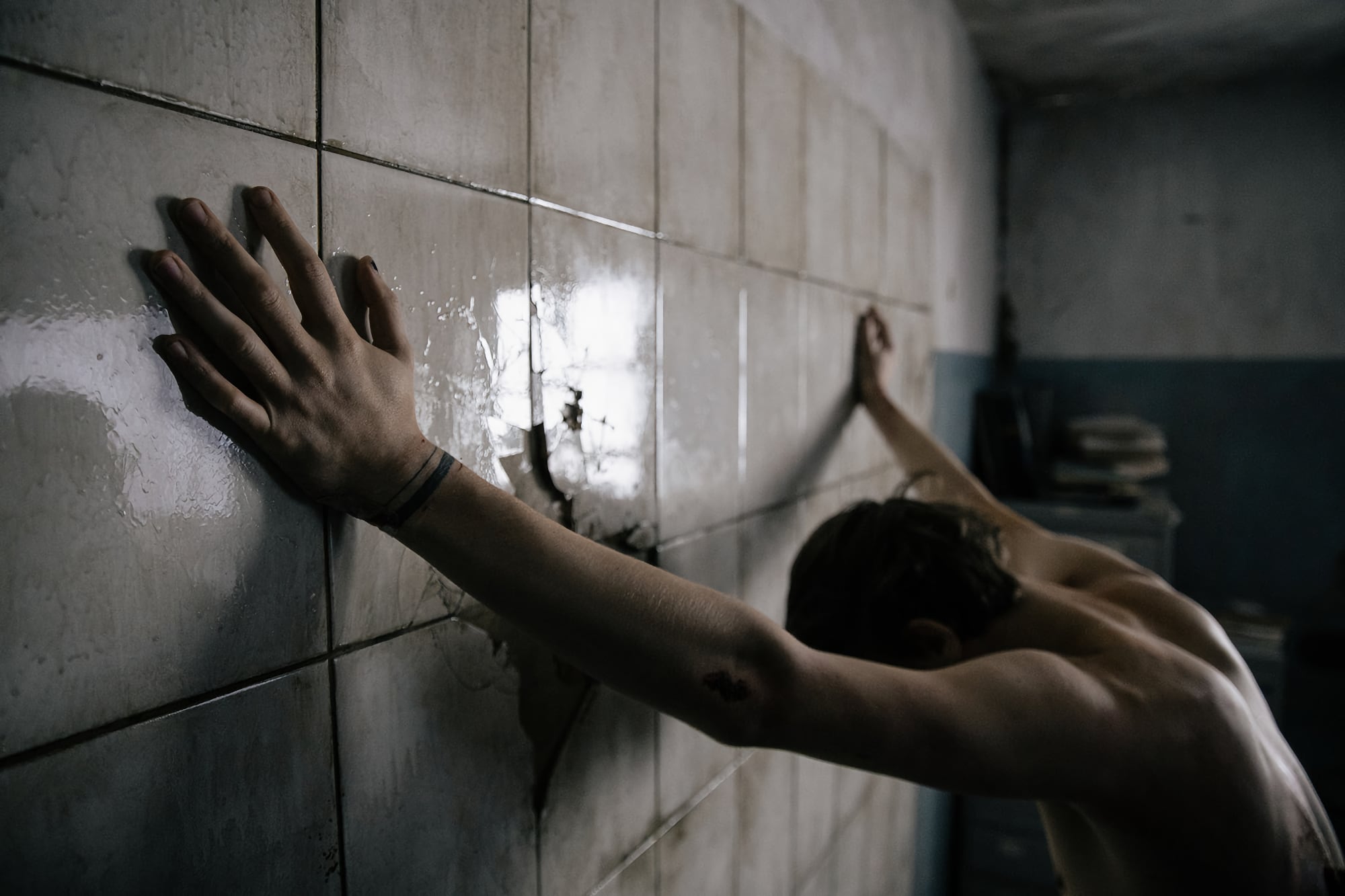
Usually, when I do these interviews, I’m hopeful that perhaps things can change. But Russia, sadly, is a special case. Will it get worse before it gets better, especially with the invasion of Ukraine? What’s your take on what the future might bring?
We are trying to explain why this happened and why they started this war and why there are still some people in Russia supporting the war. One of the reasons is that even before the war, there were still such problems, such as tortures. And it is the same now: in this music video you can see how police officers are torturing people in Russia, but now the whole world is seeing how Russian soldiers create violence in Ukraine.
I think that every creative person in Russia should try to fight it, to show something and to convince people because most people don’t know this information or don’t want this information. But maybe this video can let them start to ask themselves some questions. I think Russia cannot expect to win this war because they’re losers. Russia is not moving to the future, it’s moving to the past, to the times of the Soviet Union. You cannot fight with the times. Our president is trying to fight with time, but time is moving forward. Ukraine is trying to live independently; it is the life of progress and the future and they will win in any situation.
What are you working on next?
I’m trying to make some other stories and some other films. But, the only difference is that I won’t continue working in Russia, because in Russia you don’t have the freedom to tell the stories that you want. I hope there will be other stories in other countries that will have a lot to say.
Learn how you can donate to the Committee Against Torture here.


